In the previous Friday Footnote we examined the beginnings of the Victory Farm Volunteers (VFV) program during World War II. At the end of that Footnote the following questions were asked:
- Was there a relationship between the VFV and the FFA?
- Did the volunteers receive training? If so, how? Were agriculture teachers involved?
- What were the three types of farm assignments?
- What were the VFV program outcomes?
In this Footnote those questions will be answered.
The FFA and the Victory Farm Volunteers
An article in the Afton, Oklahoma American newspaper (February 25, 1943 p. 1) indicated “…the Future Farmers of America, national organization of vocational agriculture students, is planning to ‘help introduce city youth to rural living by inviting volunteers to spend week-ends in farm homes before the work season begins.’” It was also stated that the city youth would be invited to local 4-H club meetings. See Figure 1. This information matches up with the national FFA Program of Work.
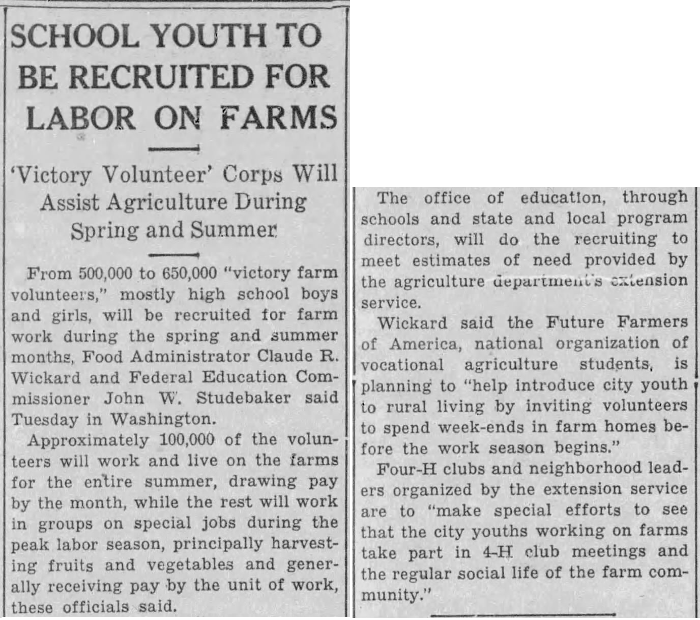 Figure 1. From The Afton (OK) American, February 25, 1943, p. 1.
Figure 1. From The Afton (OK) American, February 25, 1943, p. 1.
The Program of Work adopted by the National FFA for 1942-43, 1943-44, and 1944-45 included several war related activities. One of the activities listed was “Assisting with farm labor shortage”. Two of the actions listed were “Chapters assist in the training of inexperienced city youth to do farm work” and “Cooperate with the U. S. Employment Service in registration and placement of farm help.”
So did the FFA do the two above actions? The National Executive Secretary, reported on these items at the 1943, 1944, and 1945 National FFA Conventions. The items and results reported were:
| Year of Report > | 1943 | 1944 | 1945 |
| Number of farm workers placed on farms through the aid of the F.F.A. | 28,857 | 19,849 | 19,185 |
| Number of F.F.A. members who helped Victory Farm Volunteers to become acquainted with farm life. | 25,899 | 14,325 | 18,832 |
It should be remembered that the VFV program was focused on recruiting CITY boys and girls to work on farms. In the 1940s city youth were not encouraged to take vocational agriculture since the program emphasis was on preparing farmers and vo ag students were required to have farming projects. Vocational agriculture students were already doing farm work and were not recruited for the VFV program.
The Eunice News (March 24, 1943) reported that the FFA members of Louisiana would be involved in preparing the Victory Farm Volunteers for their summer work on the farm. Since the VFV recruits were primarily city youth, they lacked practical farm experience. The city youth, who had volunteered to work on farms in the summer, were invited to spend weekends on the farms of FFA members prior to the summer to learn about rural life and get some farm experience. It was anticipated that the volunteers would (p. 6) “…get as much skill training as they can but, more important than that, they will get a taste of farm life and form friendships with farm people.” See Figure 2
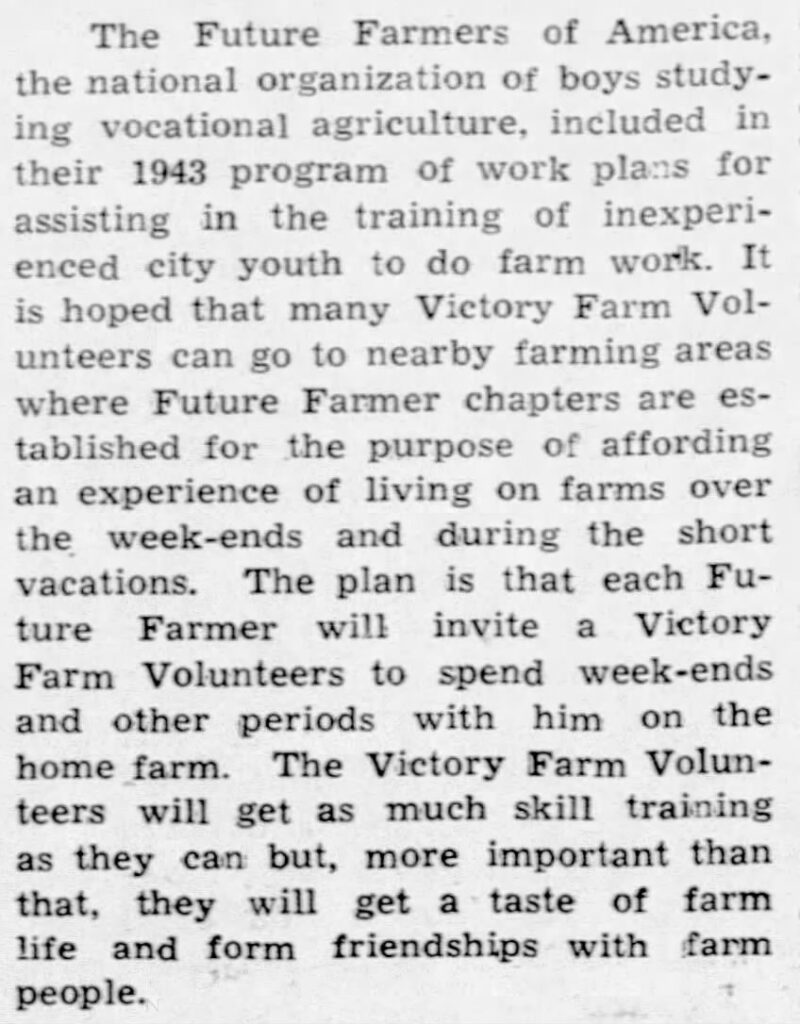 Figure 2. From the Eunice (LA) News, March 24, 1943,
Figure 2. From the Eunice (LA) News, March 24, 1943,
Given the FFA Executive Secretary reports for 1943-1945 it appears this type of activity was occurring across the country.
Did the Volunteers Receive Training/Orientation Prior to Working on Farms?
Generally the answer was yes. However there was great variation in the type of training or orientation the volunteers received. In many communities training programs were established for the city youth. These were typically 15-20 hours in length and spread over several weeks. In nearly every instance the local vocational agriculture teacher was the instructor of these classes.
In addition to teaching the classes, the agriculture teachers often placed students on farms for several weekends before the summer work season started. And agriculture teachers often worked with the county agent to identify where to place students. However, the farmers who wanted help were to apply to the county agent.
In Missouri agriculture training schools were conducted in St. Louis, Kansas City and Cape Girardeau for 527 boys and girls who had enrolled in the VFV program. The training courses consisted of eleven 2-hour lessons under the direction of Dr. Sherman Dickinson, an agricultural education professor at the University of Missouri. In addition to the classes, 120 boys and girls went on week-end-tryouts on the farms where they would be working (St. Joseph News-Press, June 18, 1944).
In West Virginia a different approach was used in preparing the VFV students for working on farms. A 300 acre farm in Tucker County, that had once been used as the “county farm,” was used as a training camp. The farm had lodging facilities and had previously been used as a National Youth Administration Camp.
Students from all over the state were transported to the farm. The Cumberland (MD) News reported (May 31, 1943, p, 5):
The equivalent of about two weeks of instruction and practical training will be given the youths in such farm jobs as the care of horses, chickens, dairy cows, and hogs, planting, cultivation and harvesting of field, garden and truck crops, and the maintenance and repair of farm machinery and equipment…The extension service and the vocational agriculture division of the state department of education will have charge of the training of boys at the camp.
The University of Illinois established a VFV steering committee. The committee outlined five activities to be accomplished with number one being the “Training of high school boys and girls” (Dixon Evening Telegraph, February 1, 1943). J. E. Hill, the state supervisor of agricultural education, was on the Illinois committee and was responsible for organizing training programs for the volunteers. As part of the training program, farm apprenticeships were established. City boys would spend weekends with farm boys on their farms. These apprenticeships were planned and supervised by the local agriculture teacher.
In Oshkosh, Wisconsin “…about 40 youth are now undergoing training under sponsorship of the vocational agriculture department at Oshkosh High School and will be ready shortly to answer calls for help on surrounding farms.”… J. F. Wilkinson, director of agriculture, was in charge of the program. Group meetings were held weekly and there was a weekend orientation program (The Oshkosh Northwestern, May 28, 1943, p. 4).
In Nevada 12 VFVs participated in a week of intensive training on three local ranches. They learned about harnessing, handling and driving farm work horses, oiling, greasing and upkeep of farm machinery, weeding onions and haying operations. W. C. Higgins, the vocational agriculture teacher, was assisted by the ranchers’ children in providing this training (Nevada State Journal, Reno, June 22, 1942). See Figure 3.
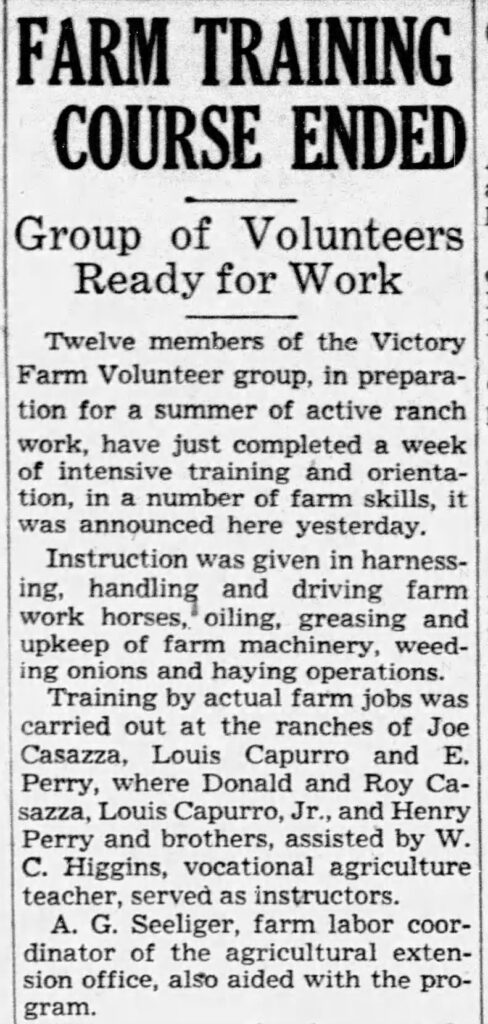 Figure 3. From the Nevada State Journal (Reno), June 22, 1943.
Figure 3. From the Nevada State Journal (Reno), June 22, 1943.
What Were the Three Types of Work Programs for the Volunteers?
Live-ins – About one in five volunteers fell into this category. They lived with the farm families where they worked. The boys did the jobs expected of a hired hand and the girls often performed domestic chores freeing up the experienced farm women to work with the livestock and in the fields. This model was often used for farms and ranches in remote locations. Basically the volunteer became part of the family.
Day-Hauls – About eighty percent of the volunteers were in this category. They lived at home but were transported daily by school bus or farm trucks to their work site. Often ministers, extension agents, agriculture teachers, or volunteers served as the bus drivers and delivered them to the work site and picked them up in the afternoon.
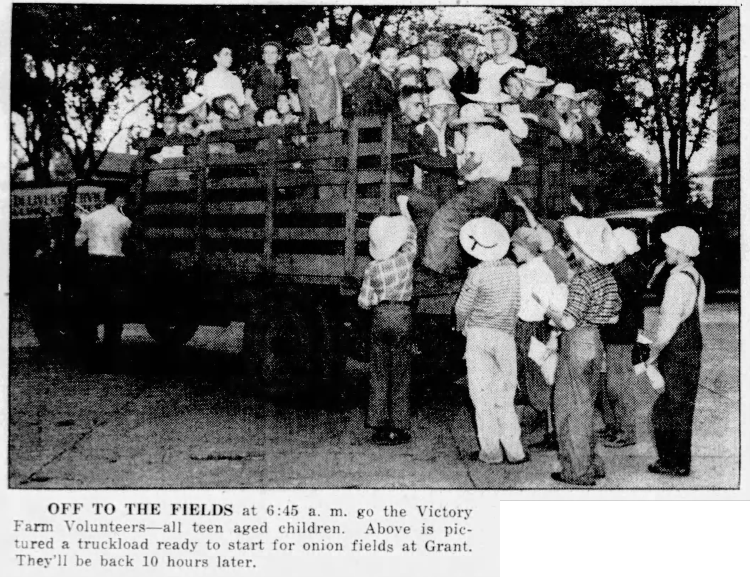 Figure 4. Day-Haul workers heading out to work. Image from The Muskegon, Michigan Chronicle, June 26, 1943.
Figure 4. Day-Haul workers heading out to work. Image from The Muskegon, Michigan Chronicle, June 26, 1943.
School buses were a primary mode of transporting youth workers. O.E. Mikesell, county extension agent for Linn County, Oregon recalled hauling youth by bus, “4-H Agent John Hansen and I drove the bus, and we’d pick up about forty or forty-five youngsters here in Albany and take them out every day and bring them back. We did that during bean season.” See Figure 5.
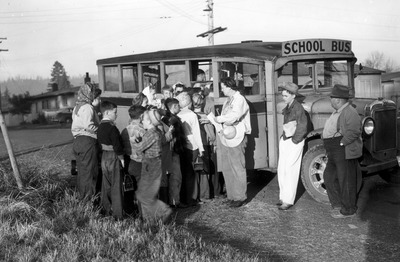 Figure 5. Youth boarding school bus to go to the fields,” Special Collections & Archives Research Center, accessed September 23, 2024, https://scarc.library.oregonstate.edu/omeka/items/show/5406.
Figure 5. Youth boarding school bus to go to the fields,” Special Collections & Archives Research Center, accessed September 23, 2024, https://scarc.library.oregonstate.edu/omeka/items/show/5406.
Camps – Some VFVs were housed in former Civilian Conservation Corps camps, Grange Halls, school gyms, or Scout and church campgrounds. These camps were somewhat like summer youth camps. Only about four percent of the VFVs were housed in camps. They were expensive to operate and required extra supervision if there were both boys and girls in the camps. Over time the camps were shut down.
Victory Farm Volunteer Program Results
I could provide the reader with the accomplishments of the VFV program measured in acres plowed, pounds harvested, gallons of milk, bushels of corn, etc. However, an article published in The Minneapolis Star newspaper provides a great summary of the program from the human perspective. See Figure 6.
One of the boys working in Clarkfield, Minnesota had traveled there without his father’s permission while the father was away on a business trip. When the father returned from his trip, he went to Clarkfield “in a huff to demand that his son come home.” The county agent took the father out to the farm where the boy worked. When the father arrived the son was in a field plowing. The farmer told the father what a great boy he had. After plowing, the son told his father how much he liked working on the farm. The father returned to Minneapolis, without his son, but he was full of pride.
Some of the quotes from the article that I found to be interesting are:
“We’re green as peppers at this farm work, but I think we will make out all right.” – A young VFV member
“Several boys have said they would like to stay on farms all year around and go to school here.”
“We think the world of Dick” Miss Lund said. “I’m sure we couldn’t have done the work without his help. When I asked for a boy, I asked for a good one. I think I must have got the best one.”
In last week’s Footnote we learned that many farmers were apprehensive about the city boys and girls as farmhands. However, most changed their opinions after working with the young volunteers.
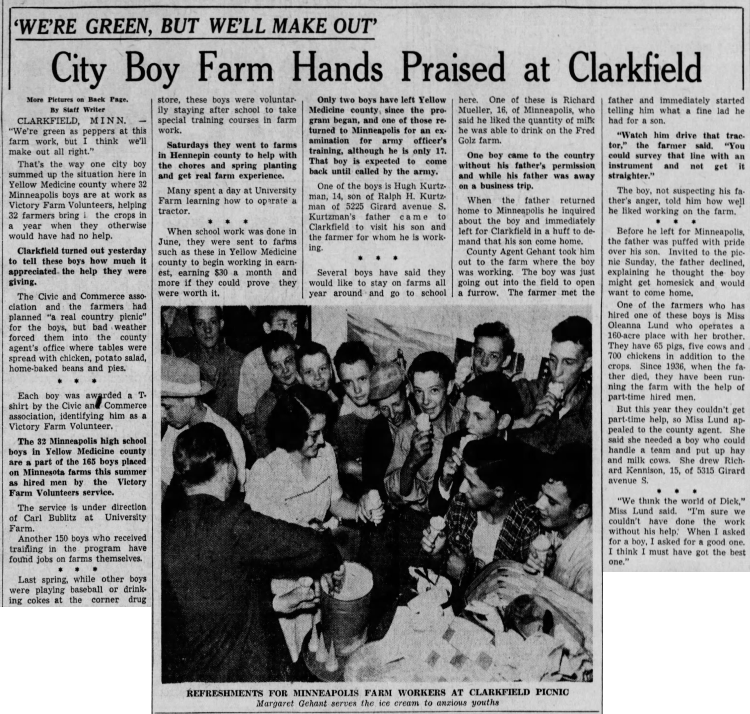 Figure 6. The Minneapolis Star, July 19, 1943, p. 13.
Figure 6. The Minneapolis Star, July 19, 1943, p. 13.
The VFV program made a difference in helping to win the war, in helping farmers, and in developing our youth.
Concluding Remarks
As I worked on this Footnote I had mixed feelings. I was proud of the work that agricultural educators invested in the Victory Farm Volunteer program. Their efforts made the program successful. But I was sad that this important aspect of agricultural education history has gone largely undocumented. As a profession, we do a poor job of documenting our history. That is a shame.
It is my observation that agricultural education researchers today are so focused on the conceptual and theoretical frameworks for their research, the application of statistical gymnastics, and other academic mumbo jumbo that we forget why we do research in the first place. And that is to advance the profession. One way we can advance the profession is by documenting our past. Perhaps there are lessons from the past that we need to remember.
I was reminded of this important truth from an article I discovered in the March 1, 1943 volume of Education for Victory (a biweekly magazine published by the U.S. Office of Education during World War II). In an article titled “Victory Farm Volunteers” I found this passage (p. 3):
Most Victory Farm Volunteers undoubtedly will return to urban surroundings after they have made this wartime contribution. As future citizens they will more clearly see rural problems and rural viewpoints. No doubt farmers will absorb some of the urban viewpoints of their young workers. This interchange of viewpoints may eventually become a far-reaching contribution to wholesome rural-urban relationships throughout the Nation.
During the past few decades agricultural education has made strides to reach urban students. But perhaps we need to be doing more.
